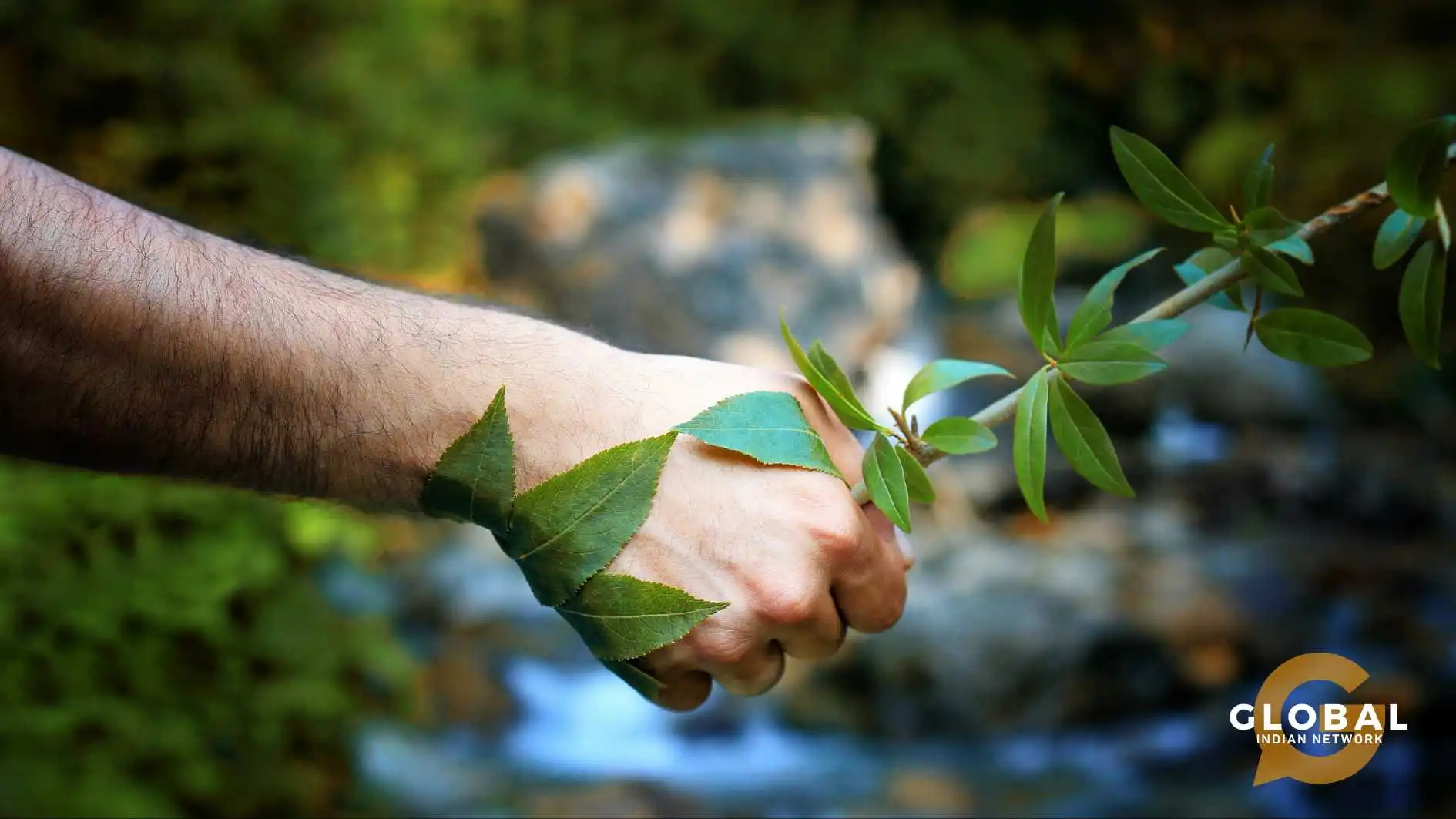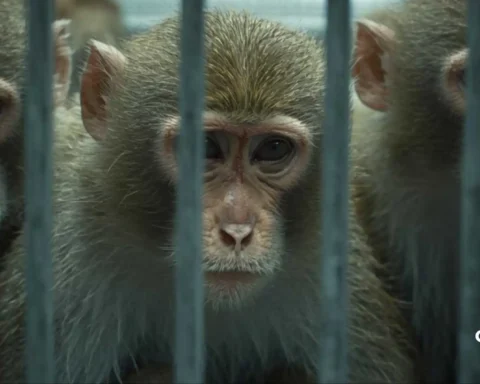India, a country of vast ecological diversity, faces an alarming rise in climate-related challenges. From melting glaciers to water scarcity and noise pollution, the environmental crisis has reached a critical juncture. In the midst of this, a growing number of famous environmentalists in India are emerging as powerful voices advocating for change. Their relentless efforts toward sustainable development, ecosystem preservation, and public awareness are vital to securing a livable future. These individuals, often working against immense odds, have turned local movements into national conversations. This article explores the environmental issues plaguing India and highlights the famous environmentalists in India who lead the charge.
Table of Contents
Environmental Concerns in India
India faces a complex web of environmental challenges. Among the most pressing are climate change, noise pollution, deforestation, plastic pollution, and environmental degradation. Rapid industrialization and urbanization, while boosting economic development, have placed an immense burden on natural ecosystems. Pollution in cities, especially air and water contamination, contributes to health crises, while rural areas suffer from deforestation and loss of biodiversity.
One major concern is the impact of large-scale development projects. For instance, the Tehri Dam movement opposed the construction of the dam that displaced thousands and threatened the fragile Himalayan ecology. Similar projects, like those affecting Silent Valley National Park, have ignited protests across the country.
Additionally, the erosion of green spaces such as the Bharatpur Bird Sanctuary has endangered vital habitats. State bodies like the Forest Department face criticism for inadequate conservation efforts. Noise pollution, particularly in urban centers is a growing concern that negatively affects both human and animal life. These challenges have triggered various Environmental Movements and inspired Indian environmentalists to act.
The Environmental Movements of India
India has a rich history of grassroots activism, particularly through movements that protect natural resources and community rights. Perhaps the most iconic is the Chipko movement, where villagers led by women hugged trees to prevent their felling in Uttarakhand. Led in part by Gaura Devi and supported by Sundarlal Bahuguna, the movement set a precedent for non-violent resistance and community-led conservation.
Another landmark initiative is the Narmada Bachao Andolan, which protested the displacement caused by dam projects along the Narmada River. This movement exposed the environmental and human costs of unchecked development and gained global attention.
The Tehri Dam movement similarly challenged state policies, emphasizing that ecological damage and the submergence of towns cannot be justified by hydropower alone. On the other hand, the fight to preserve Silent Valley National Park prevented a hydroelectric project and saved one of India’s last undisturbed rainforests.
More recently, World Environment Day has become a focal point for campaigns, spreading awareness about global warming, plastic pollution, and conservation strategies. These movements, often led by environmental activists, have shaped public opinion and policy in India.

Famous Environmentalists in India
Several famous environmentalists in India have emerged as national icons due to their dedication, innovation, and resilience in preserving the environment for future generations. The following are among the many pioneering environmentalists in India.
Sundarlal Bahuguna and the Chipko Movement
A key figure in the Chipko movement, Sundarlal Bahuguna, campaigned for forest conservation and against large dams. His philosophy centered on sustainable development, and he received the Padma Vibhushan for his contributions. His activism deeply influenced later environmental policies.
Medha Patkar and the Narmada Bachao Andolan
Known for her leadership in the Narmada Bachao Andolan, Medha Patkar exposed the human cost of mega-projects and stood for the marginalized. Her work inspired debates about ethical development and made her one of the most influential Indian environmentalists.
Jadav Payeng – The Forest Man of India
Jadav Payeng, often referred to as the “Forest Man of India,” single-handedly planted a forest over 1,360 acres on Majuli Island in Assam. His work demonstrates how one person can make a monumental ecological difference. He has received the Padma Shri for his contribution to reforestation.
Rajendra Singh – The Waterman of India
Popularly known as the Waterman of India, Rajendra Singh has rejuvenated over 1,000 dried-up rivers through traditional rainwater harvesting methods. His work in Rajasthan transformed entire communities and ecosystems, earning him the Ramon Magsaysay Award and the Padma Shri.
Sunita Narain and Policy Advocacy
Sunita Narain is the director of the Centre for Science and Environment (CSE). She has significantly influenced Indian environmental policy and authored numerous reports on air pollution and climate resilience. Narain also appeared in the documentary Shores of Silence: Whale Sharks in India, which won the Wildscreen Panda Award.
Tulsi Gowda and Indigenous Knowledge
Tulsi Gowda, known as the “Encyclopedia of the Forest,” is a tribal woman from Karnataka who has planted over 30,000 saplings. Her intimate understanding of native plants earned her the Padma Shri, showcasing the value of indigenous ecological wisdom.
Kinkri Devi – A Voice from Himachal Pradesh
A lesser-known yet powerful activist, Kinkri Devi from Himachal Pradesh, filed a public interest litigation against illegal mining. Despite being illiterate, she faced influential businessmen and sparked national conversations about land use and environmental justice.
Saalumarada Thimmakka – The Green Crusader
Saalumarada Thimmakka, another celebrated Indian environmentalist, planted over 8,000 banyan trees along highways in Karnataka. Despite her humble background, she gained recognition worldwide for her green legacy.
Conclusion
India’s battle against climate change and environmental degradation is far from over. However, the courage and persistence of famous environmentalists in India offer hope and direction. Movements like the Chipko movement and Narmada Bachao Andolan continue to inspire newer generations of environmental activists. Whether it’s Jadav Payeng planting forests, Sunita Narain shaping policy, or Rajendra Singh restoring rivers, each effort underscores the urgent need for sustainable development. Celebrating World Environment Day must go beyond symbolism; it should be a call to action. Let us honor these heroes and walk the path they’ve carved toward a greener, more resilient India.

FAQs
Who is the Father of Indian Environmentalism?
Ramdeo Misra (1908–1998) is understood as the Father of ecology in India because he had contributed to the phenomenon within the field of Ecology among his contemporaries in reference to the Indian circumstances.
Who is India’s First Modern Environmentalist?
Chandi Prasad Bhatt (born 1934) is one of India’s first modern environmentalists. Inspired by Mahatma Gandhi’s philosophy of peace and non-violence, Chandi Prasad averted deforestation in the Garhwal region by clinging (Chipko) to the trees to prevent them from being felled during the 1970s.
Who is the Mother of Indian Environmentalism?
Vandana Shiva (born 5 November 1952) is an Indian scholar, environmental activist, food sovereignty advocate, ecofeminist, and anti-globalization author. Based in Delhi, Shiva has written more than 20 books on environmental activism.









